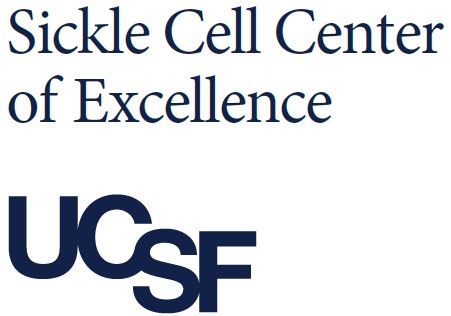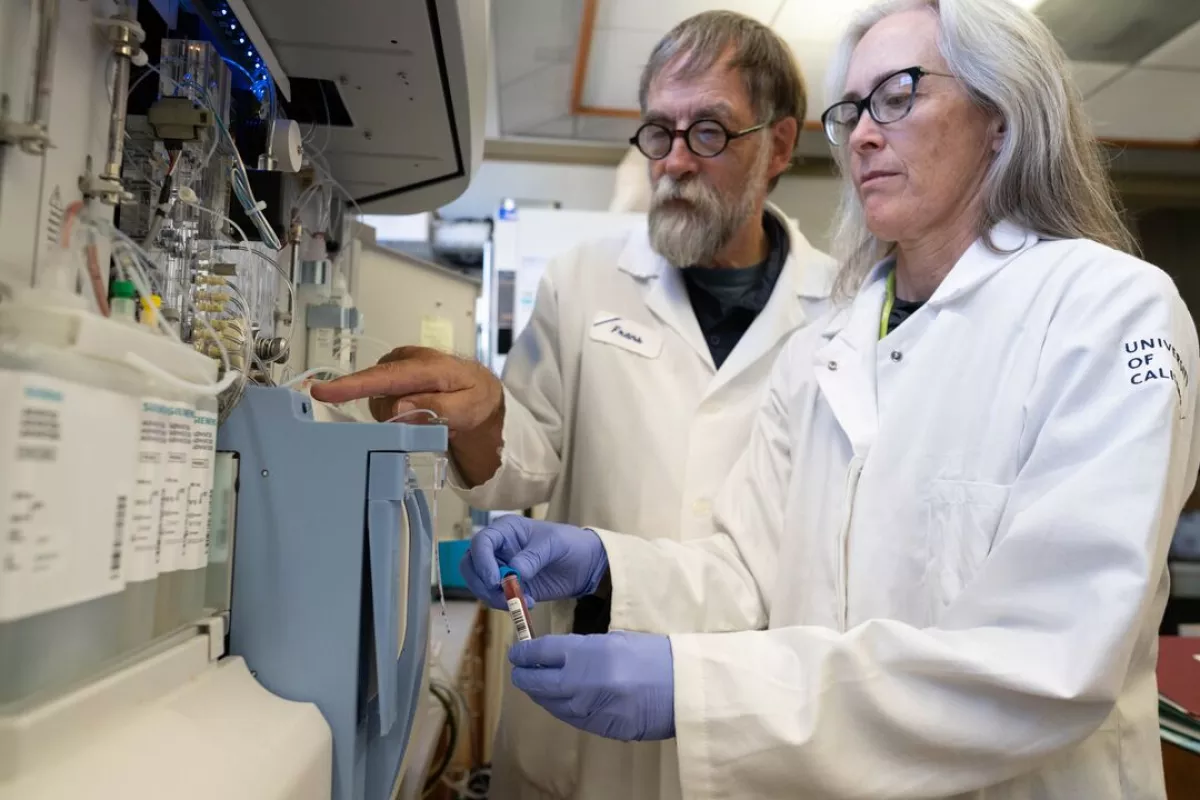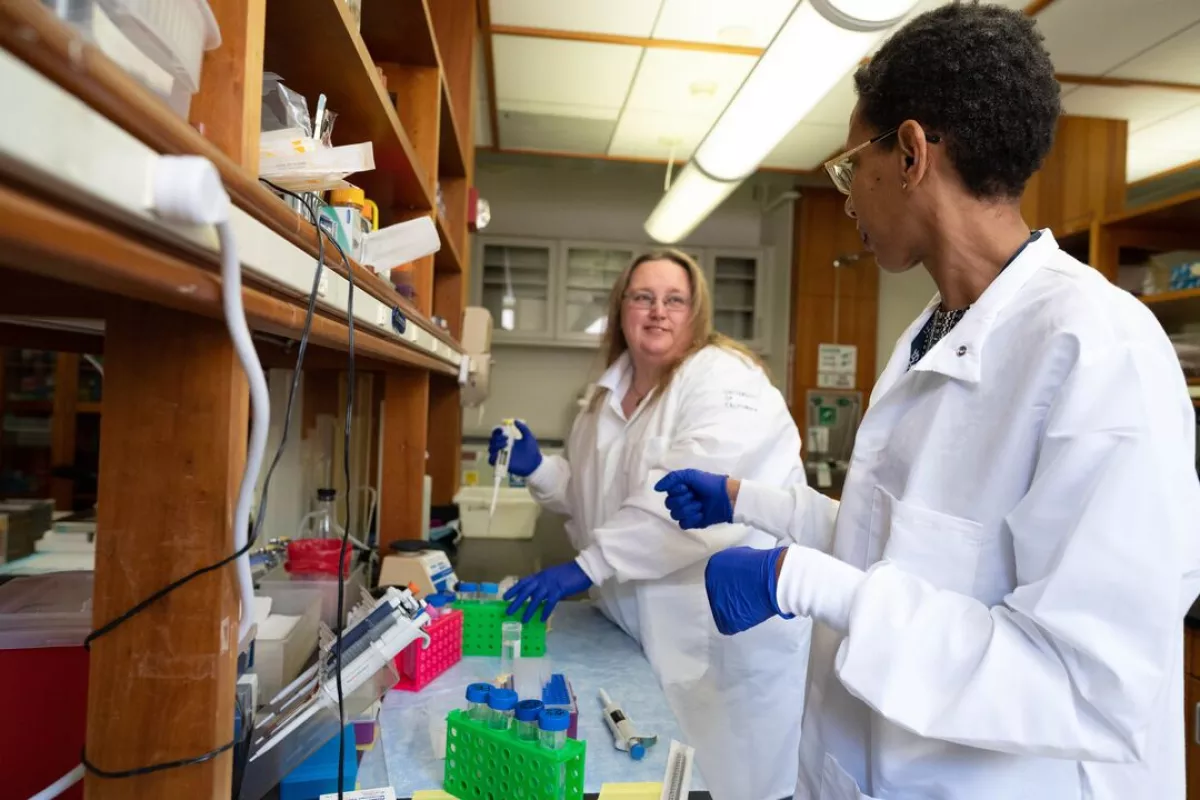Kuypers Lab
The Kuypers lab has been a leader in hemoglobinopathy research for almost 40 years.
Studies in membrane biology and hemoglobinopathies have been the center of the research in the RBC lab headed by Dr. Kuypers at Children’s Hospital Oakland Research Institute (CHORI) since 1985 and this continued after integration of the lab into the hematology division at UCSF. Several factors and proteins involved in the maintenance of the lipid bilayer organization of red blood cell (RBC) membranes were defined, and alterations due to sickling and oxidant stress were shown to lead to pathology in sickle cell disease and thalassemia.
Di-annexin, a novel component that cloaks unwanted phosphatidyl exposure in RBC was developed, and showed that this compound lowered the risk for thrombotic events and hemolysis and provides protection from ischemia reperfusion injury. Factors that play a role in the dysregulated inflammasome in hemoglobinopathies were defined and showed that secretory phospholipase A2 (sPLA2) is both a harbinger and a player in tissue damage in acute chest syndrome in sickle cell patients and COVID induced MIS-C in pediatrics. The establishment of the first sibling cord blood program in the US at CHORI, translated into the invention of a novel and highly efficient way to collect cord blood, and subsequent studies that established the human term placenta as a rich source of hematopoietic and multipotent stem cells.
Work with the mechanical engineering department at UC Berkeley has provided novel technology to characterize individual cells in heterogeneous populations. Recent studies laid the groundwork that have led to current clinical trials in hemoglobinopathies, including arginine and glutamine treatment, the use of Voxelotor a hemoglobin modifier, and Etavopivat a pyruvate kinase activator to improve the quality of life of sickle cell patients.
For more information, please read the most recent RBC Lab Newsletter.
Rivers Lab
The Rivers lab is the first to publish the novel discovery that there is a higher presence of red blood cells (RBC) containing mitochondria in sickle cell disease (SCD) mice and human patients compared to normal controls.
Normally mitochondria are eliminated from red blood cells in a process called mitophagy. Mitochondria in RBC generate increased reactive oxygen species (ROS) and decreased RBC lifespan. Furthermore, we have published that the treatment of SCD mice with sirolimus, an m-TOR inhibitor, or RN-1, a LSD-1 inhibitor decreases the presence of RBC containing mitochondria, decreases ROS and increases RBC lifespan. This work recently received NHLBI R01 funding under the name “The role erythrocyte mitochondrial retention in SCD.” The long-term goal of the lab is to translate our findings regarding the role of erythrocyte mitochondrial retention in SCD into pharmaceutical clinical trials.
Learn more about the Lab team.


